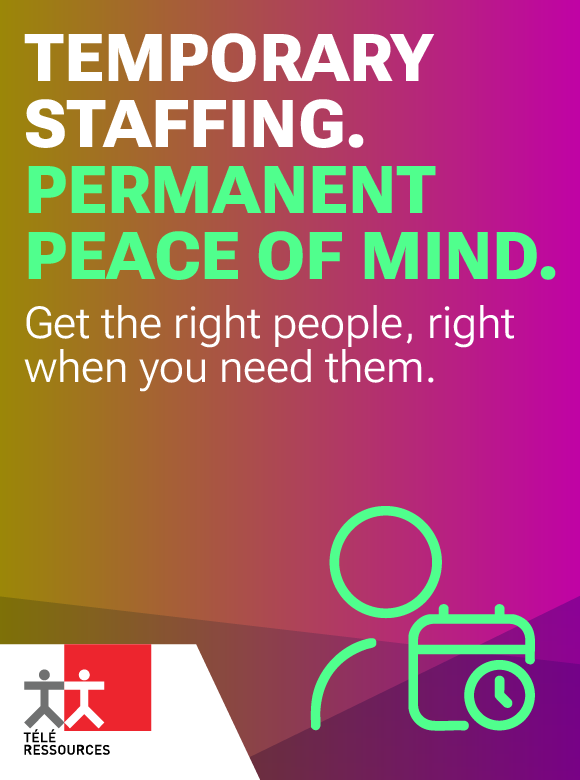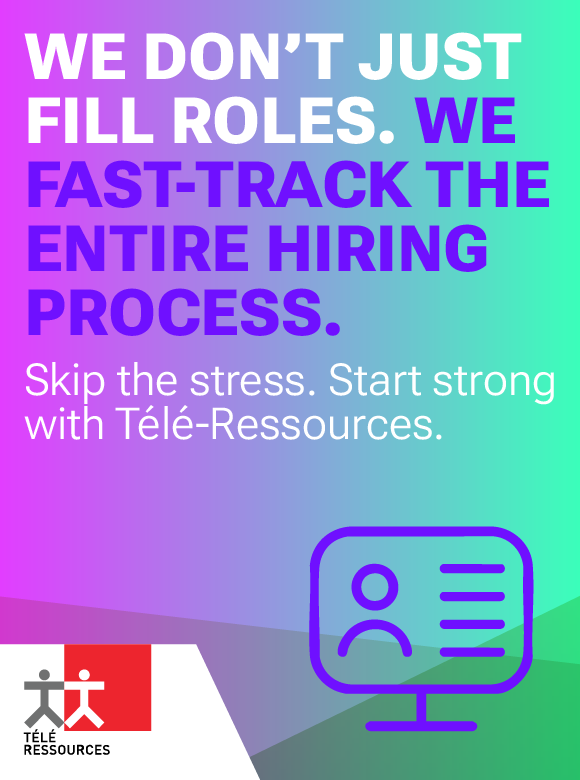4 Ways to Balance Permanent Staff with Contract Talent
 Organizations are increasingly turning to blended workforce models that include both permanent employees and contract talent. Balancing these two groups effectively allows companies to stay agile, control costs, and scale teams as needs shift. However, doing so requires strategic planning and operational foresight. Here are four key approaches to help you achieve that balance.
Organizations are increasingly turning to blended workforce models that include both permanent employees and contract talent. Balancing these two groups effectively allows companies to stay agile, control costs, and scale teams as needs shift. However, doing so requires strategic planning and operational foresight. Here are four key approaches to help you achieve that balance.
1. Assess When to Hire Full-Time vs. Contract Talent
The first step is evaluating the nature of the work. Full-time hires are ideal for roles that require long-term strategic thinking, deep institutional knowledge, and cultural integration. On the other hand, contract workers are well-suited for short-term projects, seasonal spikes, or specialized expertise that isn’t needed year-round.
Ask:
- Is this role critical to long-term business goals?
- Does it require full-time oversight or development?
- Could a subject matter expert handle this more efficiently on a temporary basis?
Making these distinctions early helps avoid over-hiring or misusing contract roles.
2. Use Contract Talent to Flex During Peak Periods
One of the greatest advantages of contract staffing is flexibility. When project timelines accelerate, workloads spike, or new business is won, contract talent can fill the gap without requiring permanent headcount increases. This is particularly useful in industries with seasonal demand or fluctuating workloads.
Building a trusted network of on-call contractors or working with reliable staffing partners ensures that you’re never caught understaffed, and you can scale back just as easily when demand returns to normal.
3. Manage Integration of Contract Staff into Teams
To get the most value from contract professionals, it’s critical they feel welcomed and informed. Provide clear onboarding, define reporting structures, and ensure they understand the scope of work and expectations. Encourage open communication between permanent and contract team members to foster collaboration and minimize friction.
Even though contractors may only be with you temporarily, a well-integrated team can increase productivity, morale, and even client satisfaction.
4. Stay on Top of Legal and Compliance Requirements
Employing temporary or contract workers comes with regulatory responsibilities. Misclassification of workers can lead to fines, back taxes, or legal action. Make sure your HR and legal teams understand the distinctions between employees and independent contractors in your jurisdiction.
Key areas to monitor include:
- Tax and payroll obligations
- Employment standards and labor laws
- Confidentiality and intellectual property protections
Partnering with a reputable staffing agency, such as Télé-Ressources, can also help ensure compliance and reduce administrative burdens.


